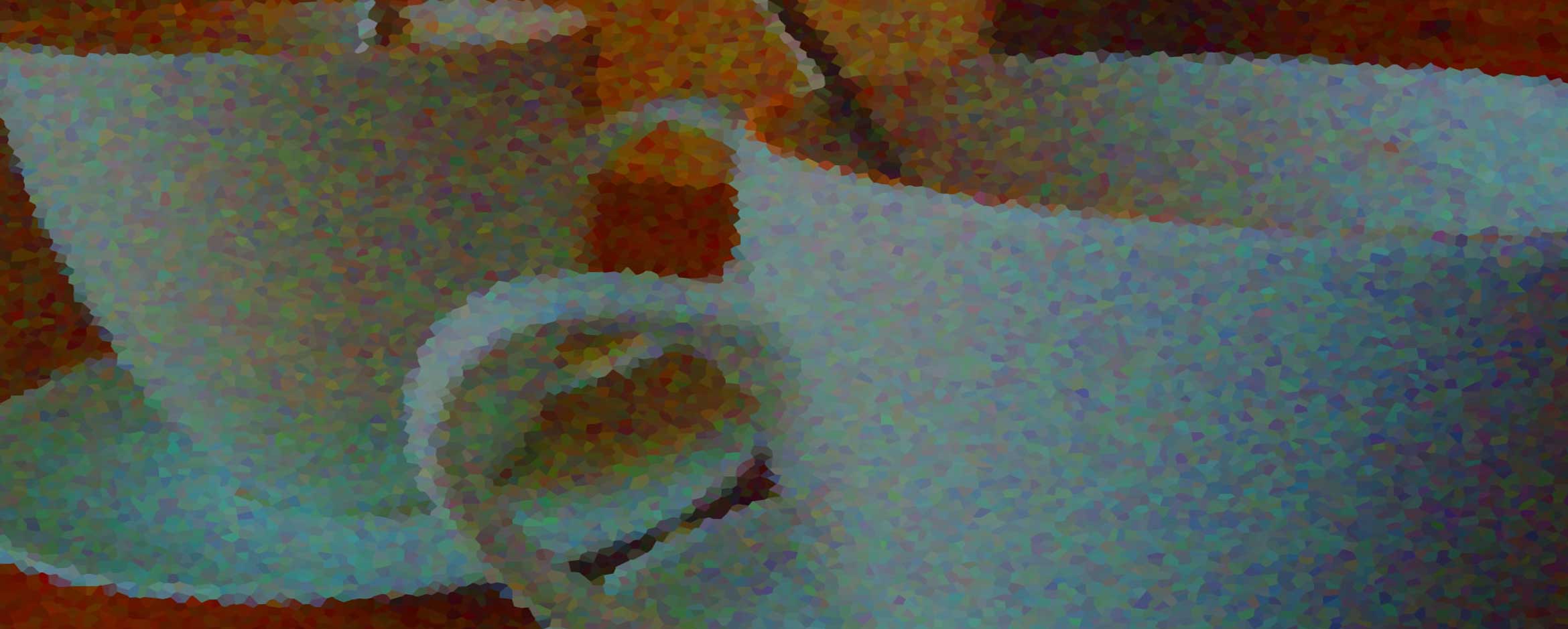The most orderly realizations and structures often start out as a hazy idea, a flash of inspiration in the middle of something else, a spark triggered by an accidental idea. In an interview, Brian Eno once made reference to the process through which many of his musical works developed, through chance, unbolted order, and the ability to see an unpredicted event as a potential new direction to be explored. I paraphrase here, of course, but there was great wisdom in those words. One of his earlier inventions, a set of cards called "Oblique Strategies" had previously hinted at that open way of seeing creativity. It was through his music and working philosophy that I became interested in the work of Edward Debono, the man who coined the phrase "Lateral Thinking" and wrote a fair number of books, papers and articles on the subject. The idea of "thinking outside the box" owes much to the concepts of lateral thinking, and in a digital, polarized and divided world, the idea that there could be something more than just black-white, on-off, 1-0, deserves an occasional but serious glimpse.
